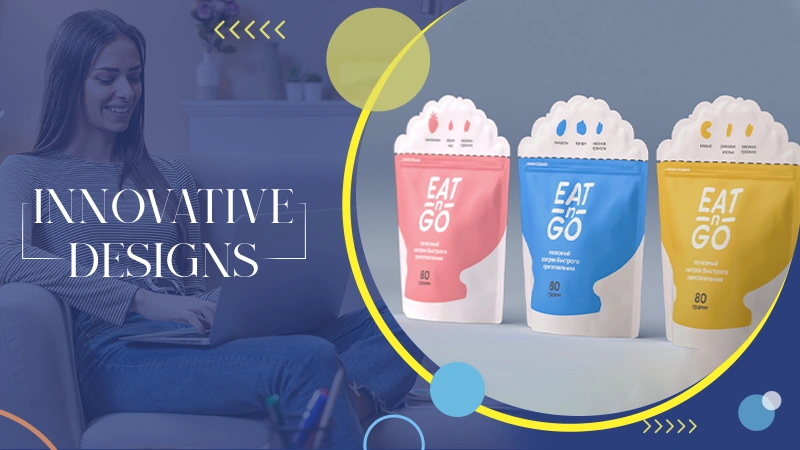The Most Quickly Evolved Industry – The Footwear Industry
History and evolution in the footwear industry
Who would have ever thought that a basic necessity like footwear would make a great impact on the fashion industry? It all started back in the late 1250BC, where people used palm leaves, raw leather, and branches as footwears they tied around their ankles to maintain the grip.
The evolution and changes in footwear fashion can be divided into the main world history eras:
- Prehistory (25 million BC – 1250 BC)
- Antiquity (1250 BC – 476)
- The Middle Ages (476 – 1453)
- Early Modern Times (1453 – 1918)
- Modern Times (1918 – these days).
As the people were exposed to different cultures in different eras, they made changes in their footwear accordingly and this led to the foundation of an industry (the footwear industry) which grew to such an extent that’s it’s become a basic necessity and is also luxurious.
- Primitive footwear (footwear made out of palm leaves, raw leather) was popular in prehistory which continued to be popular in antiquity. These were called sandals that could stretch. These sandals looked nothing like modern time’s footwear.
The main purpose of its invention was to prevent injuries and tackle the changing weather conditions.
- The first structure of basic footwear was actually framed in the middle age. Which is now called heels. After being discovered it was widely used by people. Also during this period, people were assigned jobs not only based on their talents or skills but also based on the type of footwear they wore.
Peasants and nonnoble people wore heavy and dark leather boots while the nobles wore footwear with pearls and with all sorts of decorations possible.
- The hints of modern footwear were found in early modern times. It was a phase where the footwear for men and women was quite similar.
- The modern time’s footwear changed the entire perspective about footwear. Drastic changes were made when it came to the making of shoes, as there was an improvement in the technology it made the entire process very simple and easy.
The footwear that we wear today is not only to protect ourselves from injuries but the actual reason for us to wear them is to stay in fashion. As the trends in the fashion industry changes, the trends in the footwear industry also changes.
There are many types of footwear these days for different purposes let it be sports, formal wear, casual wear there are all kinds of footwear available for all kinds of purposes
There are various types of footwear in our world. But basically, it’s divided into two.
- For men
- For women
Which is further divided into two:
- Branded Footwear for women/men
- Cheaper footwear for women/men
Apart from this, there are nearly 30+ types of footwear. A few among them are:
- Pumps
These types are one among the branded footwear for women. They are used for casual wear. They can be the most flexible pair of shoes for women. This kind of footwear can be matched with any kind of outfit.
- Stilettos
They are very thin and have high heels in them. It’s more likely to go with formal outfits. They are economical and sensible kind of heels.
- Heels
This type was popularized in the 1920s. The heel is pointed towards the floor. They can be matched with any kind of outfits like:
•Formal
•Casual
•Traditional
- Wedges
Here a single piece of material serves as both the heel and the sole. The sole is much thicker than the sole.
- Cone heels
According to the name, the heel is in the shape of a cone in this type.
- Boots
Boots can be of great help in colder countries.
- Platform heels
- Spool heels
- Cork high heels
- Scarpin
- Oxfords
- Espadrille heels
- Mules
- Trainers
- High boots
- Loafer etc.
But, how is this footwear made?
Firstly, the designing process takes place by the design team of the company. They lay down the foundation of the footwear here and the design goes to the next head. The next head is the stitching or sewing head.
Here, they make use of all the raw materials given to them to make footwear and stitch or sew them up like how they have to look. Then the footwear goes through the lasting check.
During this process, the footwear is put through a difficult test to check it’s lasting capacity. After this comes the packaging activity. They are packed in a proper package and sent out for delivery.
Follow Us
Latest Post















